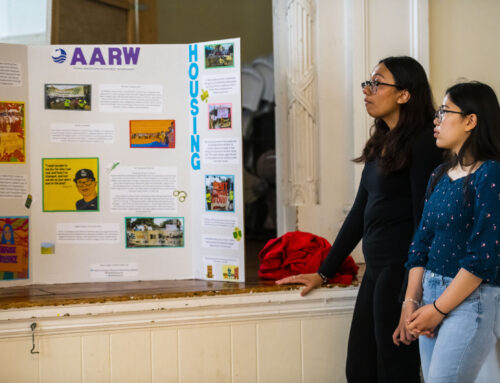COVID-19 is all anyone has ever thought about since March of 2020—in our feeds and on the news 24/7. But recent findings show that there is a significant voice left out of the media coverage concerning the virus. Experts on the virus featured in news stories are more likely to be male doctors, nurses, and scientists, although the majority of the healthcare industry is made up of women.
Dr. Tara C. Smith, an epidemiologist, started a thread on Twitter back in April that documented the numerous times that major news sources left female healthcare professionals out of media coverage of the virus. The stories she included come from a number of major American news sources: Bloomberg, The New York Times, The Wall Street Journal, just to name a few. It’s shocking not only because coverage of the virus should encapsulate all voices and experiences, but also because the healthcare industry is made up of 70 percent of women around the globe.
Similarly to Dr. Smith’s Twitter thread, the Bill & Melinda Gates Foundation funded a study that reported on the media’s coverage of the COVID-19 pandemic. According to The Missing Perspectives of Women in COVID-19 News report for the International Women’s Media Foundation, “every individual woman’s voice in the news on COVID-19 is drowned out by the voices of at least three, four, or five men.” On average, in the countries surveyed (India, Kenya, Nigeria, South Africa, UK and US) only one in five sources identifies as a woman. A bias exists “towards men’s perspectives in the newsgathering and news coverage of this pandemic” all around the globe. This gender disparity in sources reveals a bigger issue regarding how the women in the healthcare industry are viewed. More male doctors being tapped for opinions showcases a preference that perpetuates an unequal power dynamic between men and women in the healthcare industry.
“Women were four times less likely to feature as experts and commentators in the 175 most highly ranked COVID-19 and coronavirus stories from the top five providers in each of the six countries, identified using Google’s news search engine,” the International Women’s Media Foundation found. Instead, female sources were more likely to give reporters an account of their own experience with the virus—as subjects in human interest stories, not as experts reporting breaking news. The study also found that “given the deeply political nature of the COVID-19 crisis, women’s structural marginalization in the political leadership roles established in response to the crisis locks in the suppression of women’s voices in the story.”
With a disease as bewildering as this coronavirus, it is crucial that doctors and other health professionals share the whole truth with the masses and include every population in tests and studies. For example, leaving out a population could lead to terrifying gaps in many of the answers we are finally receiving about the virus. The study found that “in some socially conservative countries in Africa and Asia, women may be left out of testing, leading to a substantial under-reporting of COVID-19 cases among women.”
With this much-needed criticism comes efforts to change the way COVID-19 is being covered in the news. The International Women’s Media Foundation urges major media outlets to do two things: “Cover the topics within the COVID-19 story that women are most worried about such as unemployment/jobs, healthcare and poverty, as well as crime/gender violence (especially in the global south)” and “give voice to women protagonists and experts that most people in different countries trust: doctors, scientists, nurses, schoolteachers and paramedics.”
With vaccine distribution slowly starting, the end of the COVID-19 pandemic is near. When that day comes, we can only hope that those deserving credit for its demise are applauded around the world. It’s time that female professionals in every industry are trusted and respected just as much as their male counterparts. It’s only fair—especially when the majority of frontline workers are women.




